The Cocos (Keeling) Islands are a small group of islands located in the Indian Ocean, between Australia and Sri Lanka. As such, the Islands are home to a unique and diverse birdlife, offering birdwatchers a plethora of opportunities to observe and photograph some of the rarest and most beautiful species in the world.
From seabirds and shorebirds to species endemic to the islands, the Cocos (Keeling) Islands are a paradise for birders.
1. Boobies
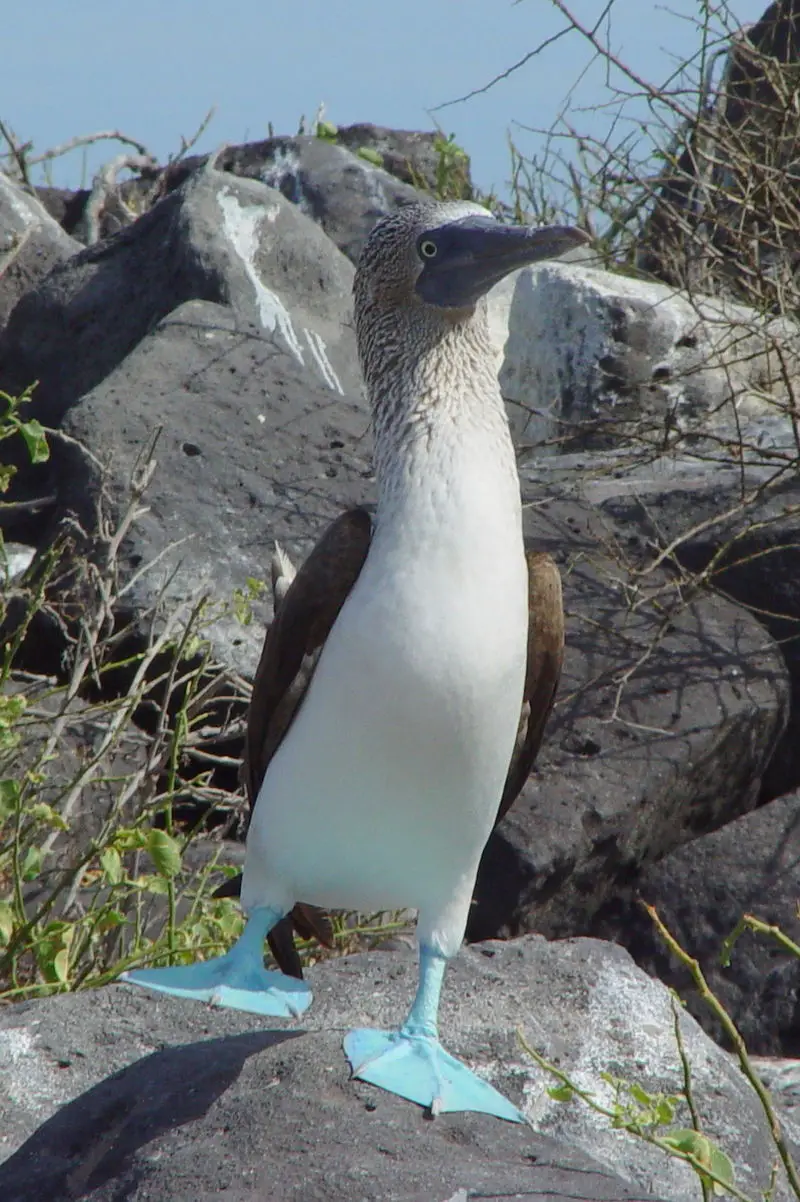
Boobies are seabirds from the family Sulidae. They were originally classified in the genus Sula, and are closely related to gannets (Morus).
Boobies get their name from the Old Norse term “súla,” which was used for another member of their family—the gannet.
These birds can be identified by their brown feathers, long wingspan, webbed feet and sharp bills that they use to catch fish.
Despite being clumsy on land due to their large size and small legs, boobies excel at flying over oceans where they hunt for food with great agility and grace.
Their powerful flaps help them dive quickly underwater as well.Scientific classification:
| Kingdom | Animalia |
| Phylum | Chordata |
| Class | Aves |
| Order | Suliformes |
| Family | Sulidae |
| Genus | Sula Brisson, 1760 |
2. Masked Booby
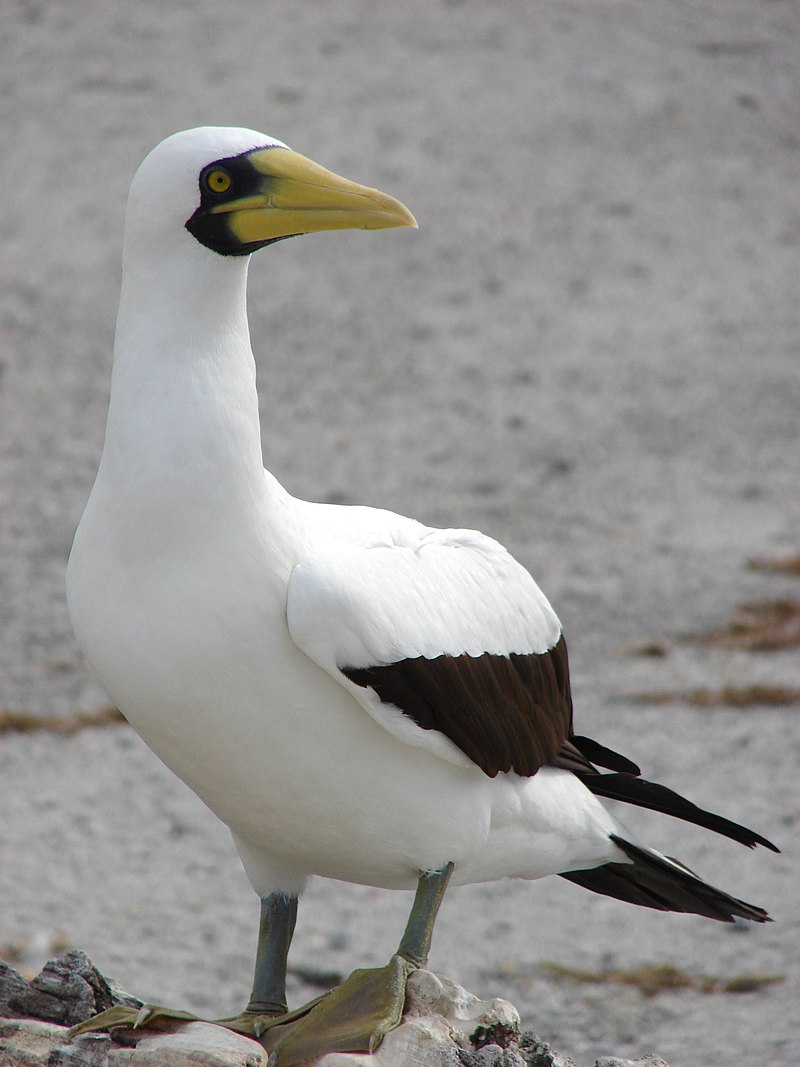
The Masked Booby is a large seabird belonging to the booby and gannet family. It was first described by French naturalist René-Primevère Lesson in 1831, making it one of six species of boobies within its genus Sula.
It has an impressive aerodynamic body shape with pale grey or white plumage on its head and neck, while the rest of its body is blackish brown.
Its wingspan can reach up to 1 metre wide. The bill is yellowish and pointed at the end, whilst they have bright blue skin around their eyes – this is why they are also known as ‘blue-faced’ boobies.
They use their strong wings for soaring over oceans in search of fish which makes them excellent fishers who feed mainly on flying fish near tropical waters but can occasionally be found off coasts in temperate regions too.Scientific classification:
| Kingdom | Animalia |
| Phylum | Chordata |
| Class | Aves |
| Order | Suliformes |
| Family | Sulidae |
| Genus | Sula |
| Species | S. dactylatra |
3. Red-Footed Booby
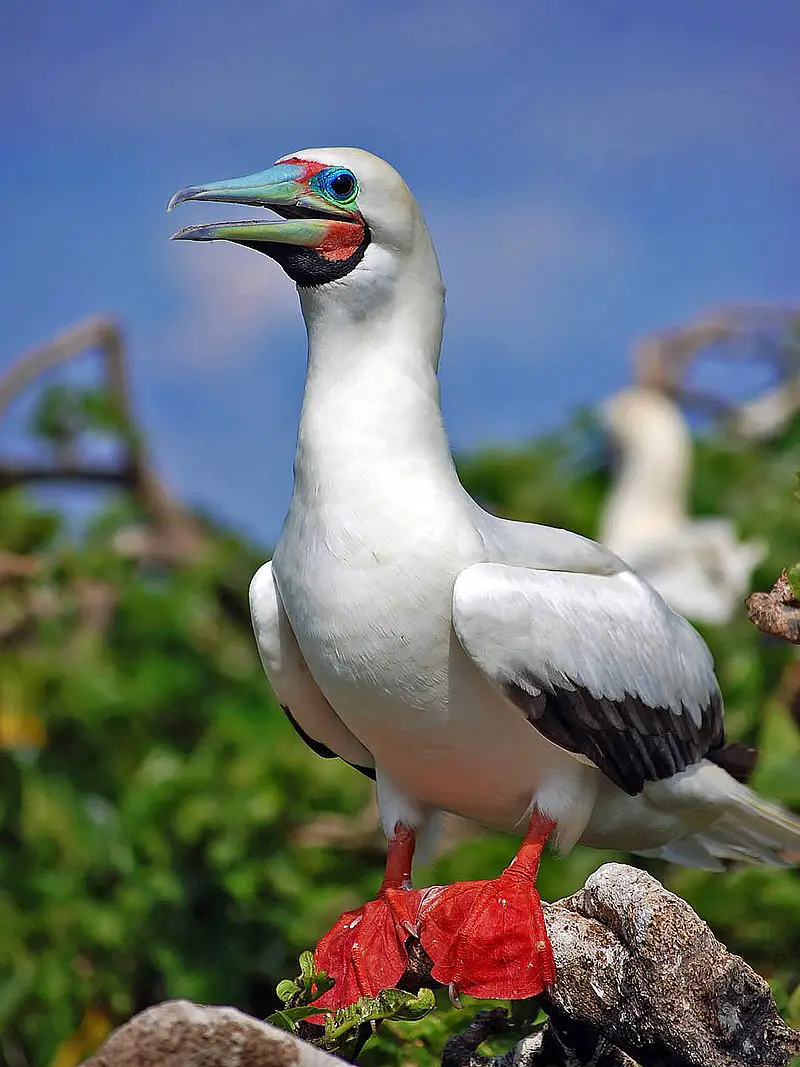
The Red-footed Booby is a large seabird of the Sulidae family, easily distinguished by its bright red feet. These birds are strong and agile fliers but can be clumsy in takeoffs and landings.
They live mostly in tropical areas and breed colonially on coastal islands all over the world.
The species faces few threats from either nature or humans, however their population has decreased slightly due to disturbances near breeding sites.
Despite this mild decline, they remain an incredibly common sight across many parts of the tropics – so much so that they have become symbolic with island life.Scientific classification:
| Kingdom | Animalia |
| Phylum | Chordata |
| Class | Aves |
| Order | Suliformes |
| Family | Sulidae |
| Genus | Sula |
| Species | S. sula |
4. White Tern
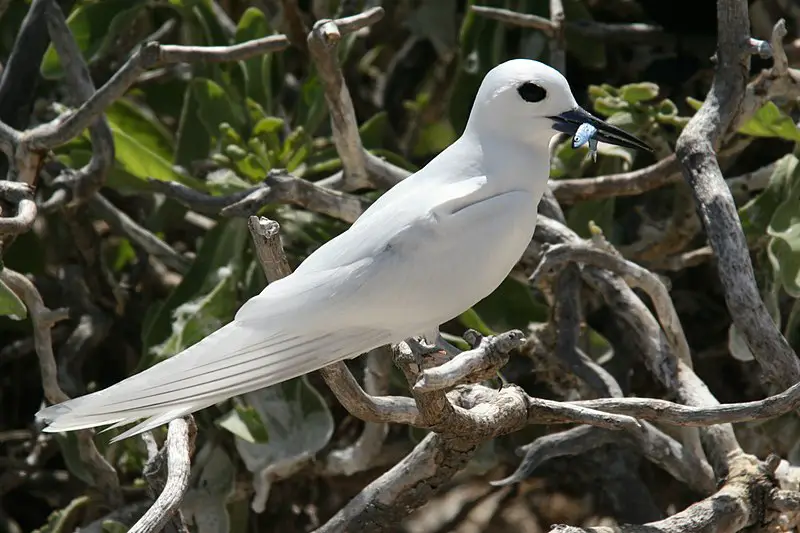
The White tern, also known as the common white tern or Fairy Tern, is a small seabird species found across tropical oceans all over the world.
Known for its elegance and beauty by humans and other animals alike, these birds are truly mesmerizing with their snow-white feathers.
They can be seen soaring in high altitudes or circling around ships at sea looking for food. The Hawaiian name ‘manu-o-Kū’ translates to ‘bird of heaven’ which reflects how majestic this bird looks when it flies through the sky.
These lovely creatures often breed on isolated islands away from predators along with another smaller species called Little White Terns (Gygis microrhyncha).Scientific classification:
| Kingdom | Animalia |
| Phylum | Chordata |
| Class | Aves |
| Order | Charadriiformes |
| Family | Laridae |
| Genus | Gygis |
| Species | G. alba |
5. White-Tailed Tropicbird
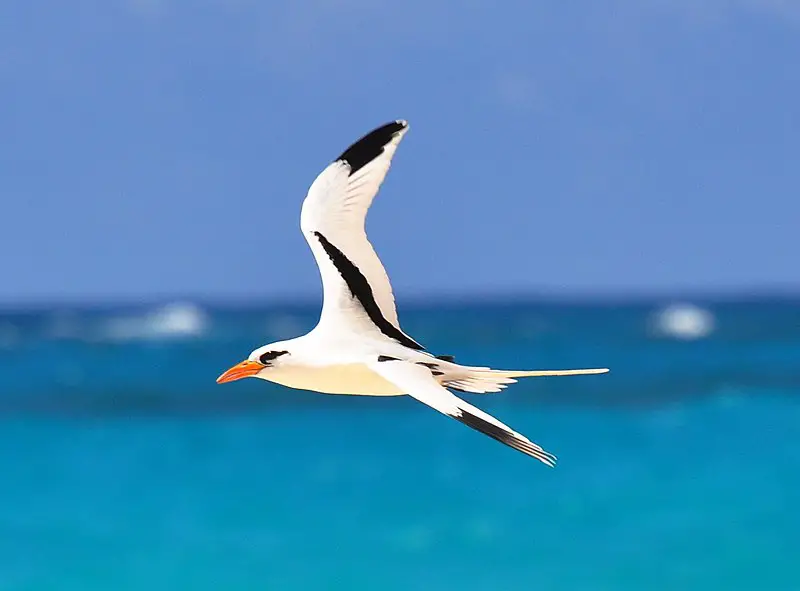
The White-tailed Tropicbird is a beautiful seabird that lives in the tropical waters of the Atlantic, Pacific, and Indian Oceans.
It is the smallest member of its order Phaethontiformes, measuring only 28 inches from head to tail.
Its wingspan can reach up to 45 inches wide. The bird has white plumage with black markings on its wings and tail feathers.
It also has an unmistakable long streamer which trails out behind them when they are in flight – a characteristic feature for all tropicbirds.
They nest mainly on remote islands throughout their range but have recently begun nesting on Little Tobago as well.
These birds feed primarily off flying fish or squid near the ocean’s surface during daylight hours before returning back home at nightfall.Scientific classification:
| Kingdom | Animalia |
| Phylum | Chordata |
| Class | Aves |
| Order | Phaethontiformes |
| Family | Phaethontidae |
| Genus | Phaethon |
| Species | P. lepturus |
6. Brown Noddy
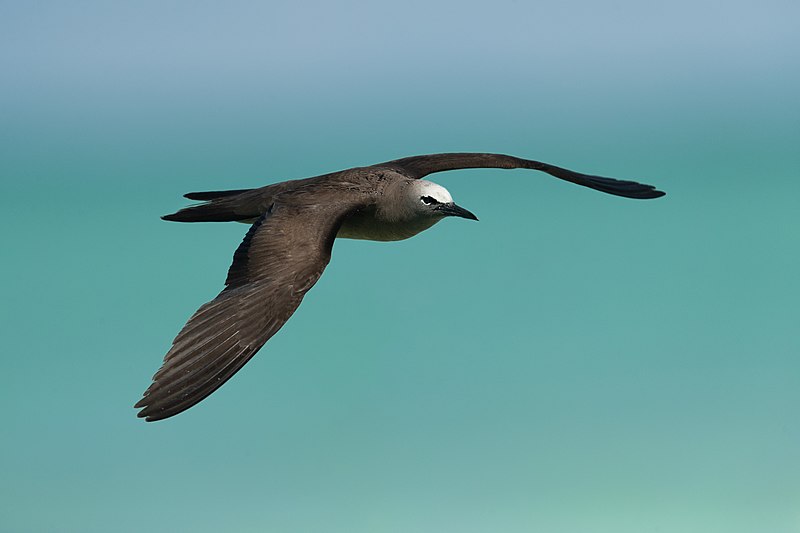
The Brown Noddy is a species of seabird in the Laridae family. It’s the largest of its kind, and can be distinguished from others by its dark brown plumage, which stands out compared to other noddies with black feathers.
Found around tropical oceans worldwide, it inhabits areas such as Hawaii and Australia all the way to Tuamotu Archipelago in Polynesia.
During breeding season they form large colonies on remote islands where their nests are constructed using twigs and leaves situated atop trees or shrubs – typically located near water sources like lagoons or estuaries so they have access to food items like small fish and squid that make up their diet.
As highly social birds they often engage in synchronised flying displays over nesting sites before returning back home at nightfall.Scientific classification:
| Kingdom | Animalia |
| Phylum | Chordata |
| Class | Aves |
| Order | Charadriiformes |
| Family | Laridae |
| Genus | Anous |
| Species | A. stolidus |
7. Brown Booby
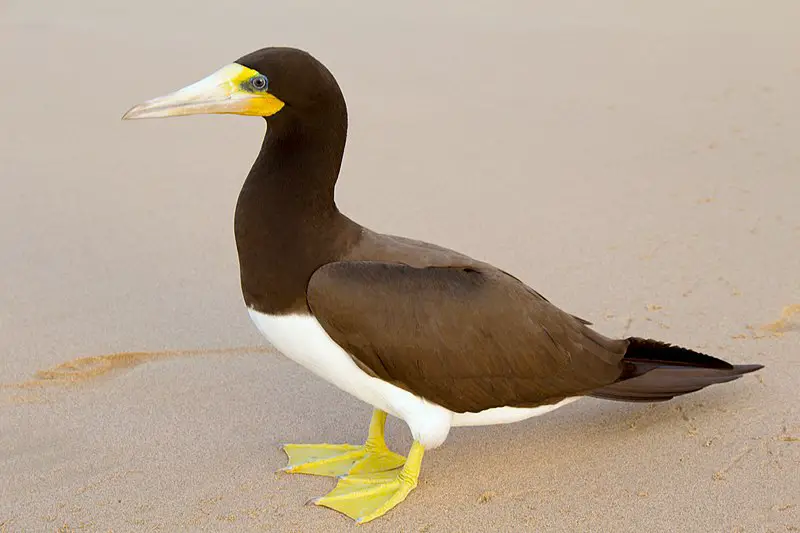
The Brown Booby is a large, seabird from the booby family Sulidae. It has a pantropical range and can be found in many areas of the world.
This bird lives in flocks and forages by plunging into shallow waters to catch small fish that are driven near the surface by predators or storms.
The brown booby is known for its short wings which make it highly maneuverable when hunting; this allows it to pursue prey quickly with sudden turns and dives.
Its diet also includes squid, crustaceans, eggs of other birds, as well as scraps from boats or ships they may come across while flying around coastlines.
They sometimes rest on floating objects during their long flights over open water between islands or continents.Scientific classification:
| Kingdom | Animalia |
| Phylum | Chordata |
| Class | Aves |
| Order | Suliformes |
| Family | Sulidae |
| Genus | Sula |
| Species | S. leucogaster |
8. Green Junglefowl
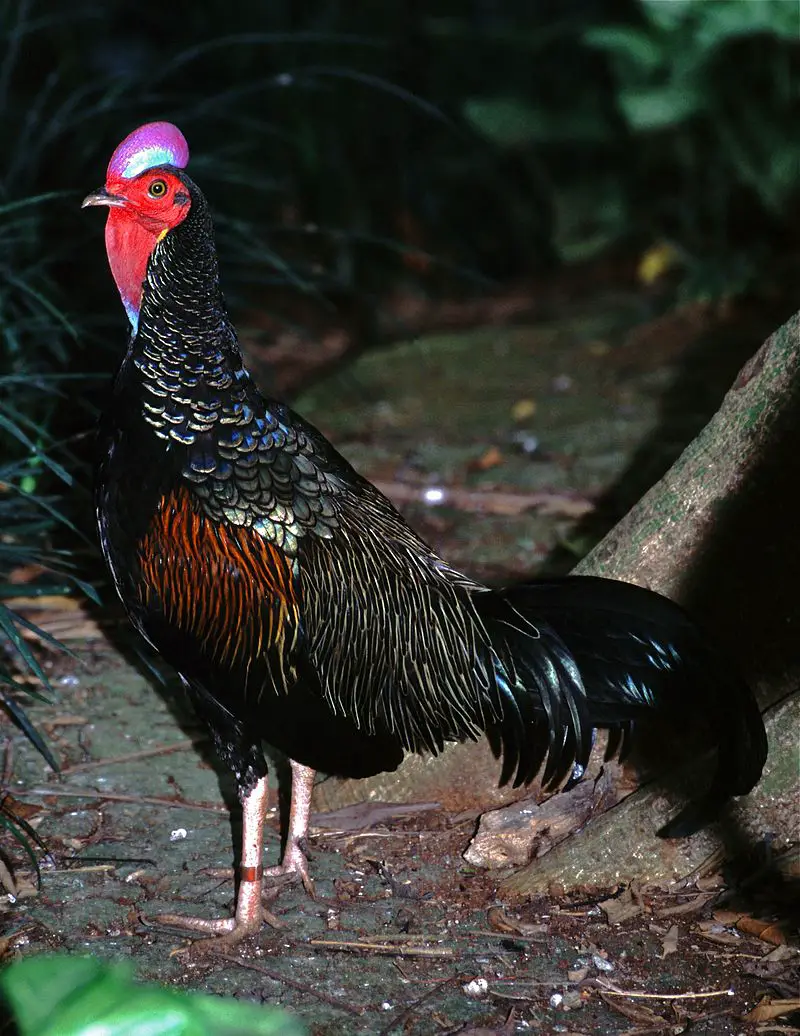
The Green Junglefowl is a species of bird belonging to the pheasant family Phasianidae. It stands up to 75 cm in length and can be found inhabiting dense forests throughout India, Southeast Asia, Indonesia and parts of China.
This beautiful creature has been around for at least four million years making it one of the oldest surviving members of its kind
Its distinct green plumage makes it stand out from other jungle fowls while also making it more vulnerable to predators in its natural environment.
Unfortunately hybridization with domestic chickens has also occurred as reported by some researchers over recent times which could threaten this unique species’ survival if not addressed properly.Scientific classification:
| Kingdom | Animalia |
| Phylum | Chordata |
| Class | Aves |
| Order | Galliformes |
| Family | Phasianidae |
| Genus | Gallus |
| Species | G. varius |
9. Cocos Buff-Banded Rail
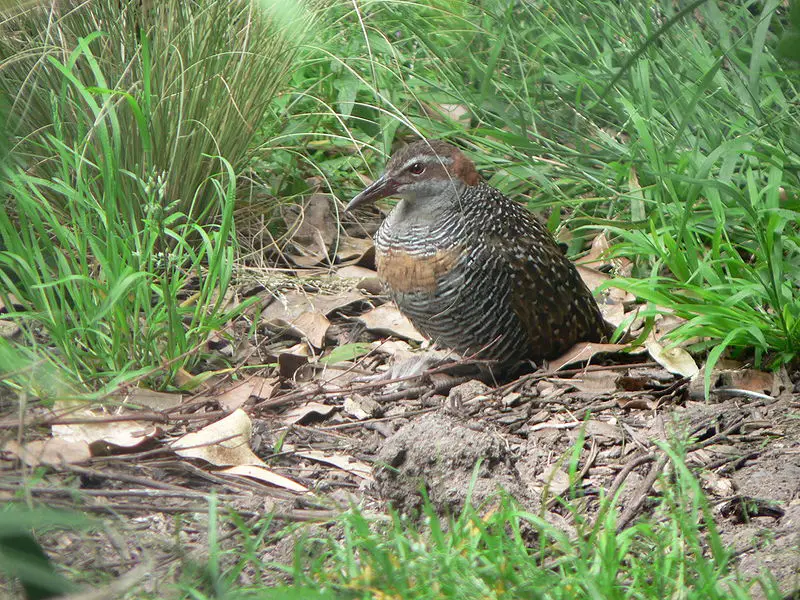
The Cocos buff-banded rail is an endangered subspecies of bird endemic to the Cocos (Keeling) Islands. It is locally known as ‘ayam hutan’ or “chicken of the forest”.
This species has been restricted to just 1.2 square kilometers on North Keeling Island and its population continues to decline due to habitat loss, predation from invasive predators like cats, dogs and rats, as well as competition with other birds for food sources.
As a result, conservation efforts are being made by local organizations such as BirdLife Australia in order to protect this vulnerable species – including controlling non-native predators through trapping programs and restoring native vegetation across suitable habitats on North Keeling Island.
With continued effort, it may be possible that this unique bird can survive into future generations.Scientific classification:
| Kingdom | Animalia |
| Phylum | Chordata |
| Class | Aves |
| Order | Gruiformes |
| Family | Rallidae |
| Genus | Gallirallus |
| Species | G. philippensis |
| Subspecies | G. p. andrewsi |
10. Christmas White-Eye
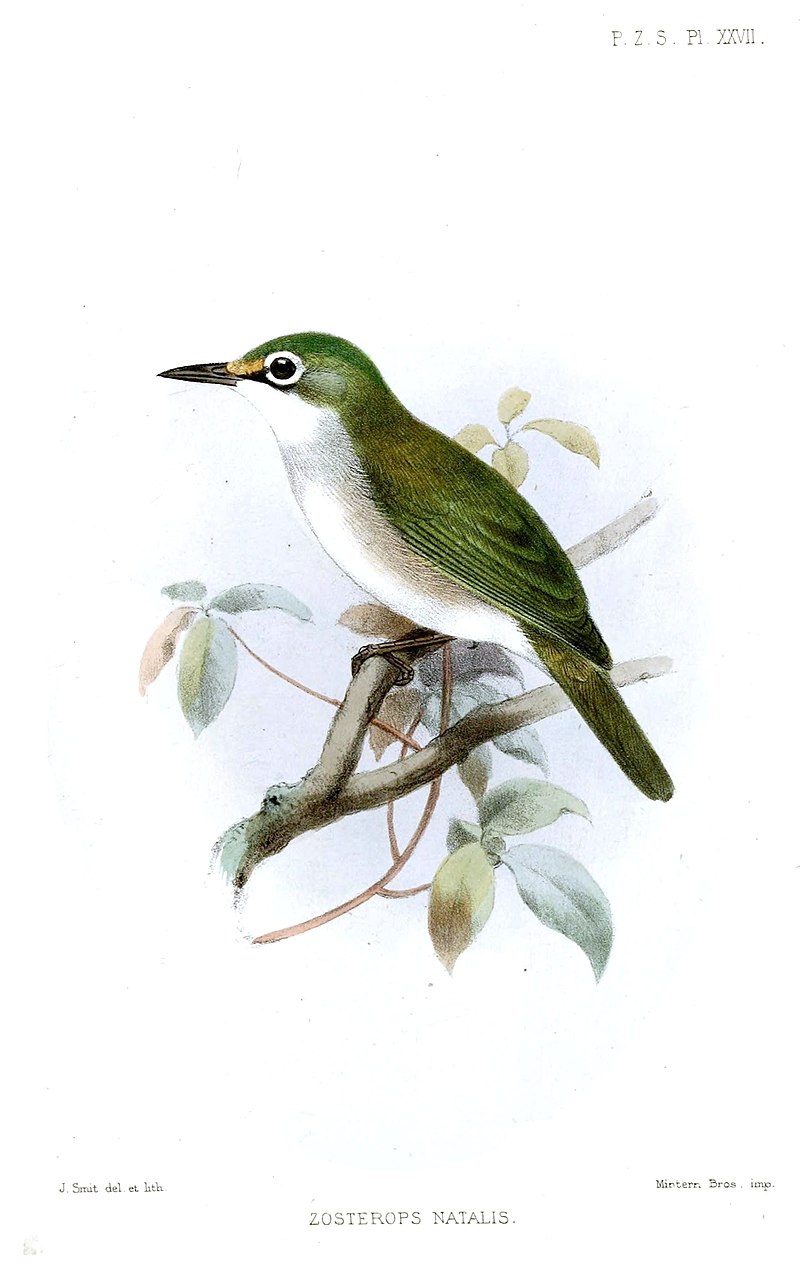
The Christmas White-eye is a small bird that can be found in the tropical and subtropical moist forests of Christmas Island. It has a length of 11.7 to 13.5 cm, with greyish upper parts and yellow underparts streaked with black on its throat, chest, flanks and belly area.
Its wings are brownish grey while its tail is tipped pale blue-grey or white.
This species feeds mainly on insects but may feed also on fruits for food consumption during breeding season when it nests near tree trunks or large bushes inside dense vegetation areas where they lay two eggs per clutch.
Unfortunately this beautiful creature is threatened by habitat destruction as their natural habitats get destroyed due to human activities such as logging, mining and farming practices making it difficult for them to find suitable places for nesting sites which affects their population growth rate negatively putting them at risk of extinction if not taken immediate actions towards conservation efforts quickly enough before more damage occurs.Scientific classification:
| Kingdom | Animalia |
| Phylum | Chordata |
| Class | Aves |
| Order | Passeriformes |
| Family | Zosteropidae |
| Genus | Zosterops |
| Species | Z. natalis |